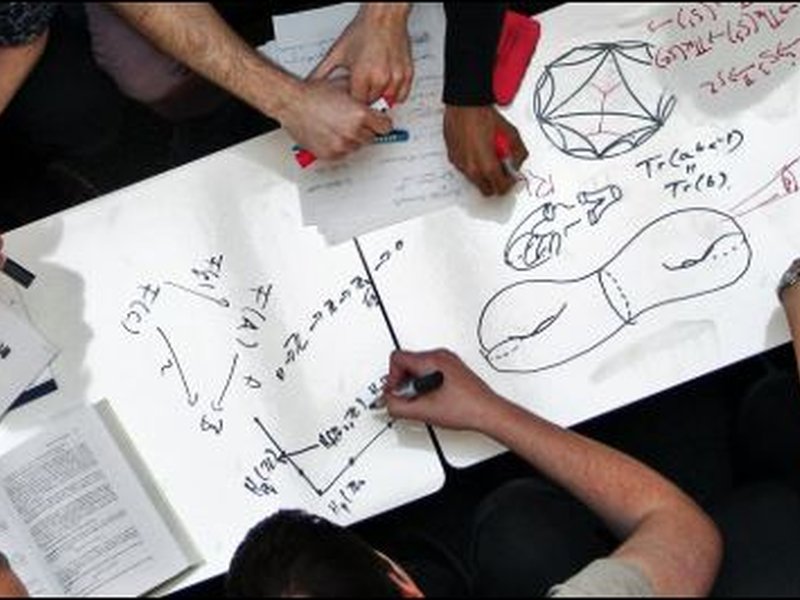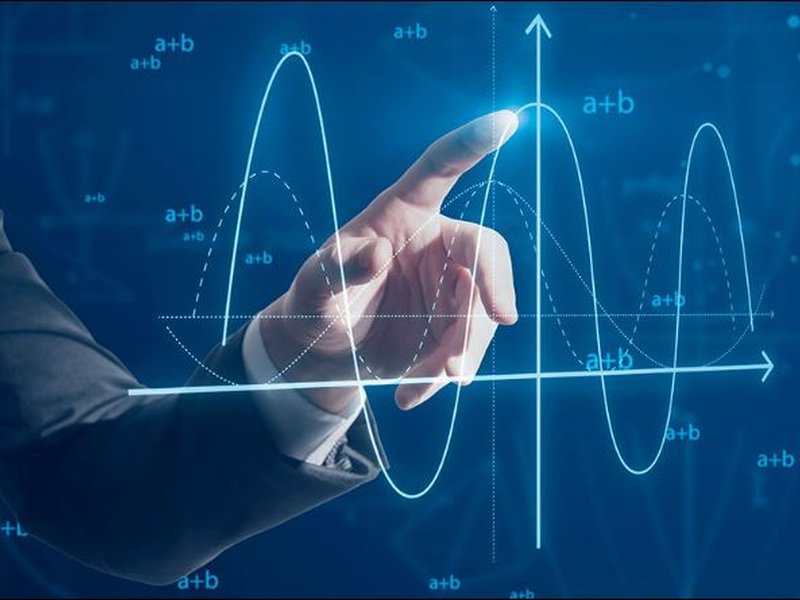Use of mathematical methods and techniques to solve practical problems in various fields such as science, engineering, economics, medicine, and social sciences

Prof.Dr. Carsten Hartmann
Germany

Dr.Arvind Kumar Prajapati
India
Applied Mathematics and its Applications
Research Interests

Applied Mathematics is a field that focuses on the use of mathematical methods and techniques to solve real-world problems across various domains. Researchers in Applied Mathematics often explore areas such as:
1. Mathematical Modeling
- Developing models to describe complex systems in fields such as biology, physics, engineering, economics, and environmental science.
- Examples: Modeling the spread of diseases, climate change, or fluid dynamics.
2. Optimization
- The study of finding the best solution from a set of possible choices, often under constraints.
- Applications include resource allocation, machine learning, logistics, finance, and operations research.
- Examples: Linear programming, convex optimization, and dynamic programming.
3. Numerical Analysis
- Techniques for approximating solutions to mathematical problems that cannot be solved analytically.
- Applications include computational fluid dynamics, numerical weather prediction, and simulations of physical systems.
- Examples: Finite element methods, spectral methods, and numerical integration.
4. Stochastic Processes and Probability
- Studying random processes and how they evolve over time. This includes applications in areas such as finance, queuing theory, and risk analysis.
- Examples: Markov chains, random walks, and Monte Carlo methods.
5. Data Science and Machine Learning
- Using mathematical and statistical techniques to analyze large datasets, identify patterns, and make predictions.
- Applied to areas like artificial intelligence, image recognition, natural language processing, and social network analysis.
- Examples: Deep learning, clustering, regression analysis.
6. Control Theory
- The study of systems and their control mechanisms to ensure desired behavior.
- Applications include robotics, autonomous systems, electrical circuits, and manufacturing processes.
- Examples: PID controllers, stability analysis, and system identification.
7. Partial Differential Equations (PDEs)
- Solving equations involving functions and their derivatives, which describe phenomena like heat transfer, wave propagation, and fluid flow.
- Applications in physics, engineering, and biology.
- Examples: Heat equation, Navier-Stokes equations, and Schrödinger equation.
8. Mathematical Biology
- Applying mathematical models to biological processes like population dynamics, epidemiology, and genetics.
- Examples: Predator-prey models, infectious disease modeling, and gene regulation networks.
9. Computational Mathematics
- The development of algorithms and software to solve mathematical problems computationally.
- Applications in simulations, computer graphics, and cryptography.
- Examples: Fast Fourier Transform (FFT), Monte Carlo simulations, and cryptographic protocols.
10. Financial Mathematics
- Applying mathematical models to financial markets, risk management, and investment strategies.
- Examples: Option pricing, portfolio optimization, and stochastic modeling in finance.
Published Research Articles connected to the group interest:







